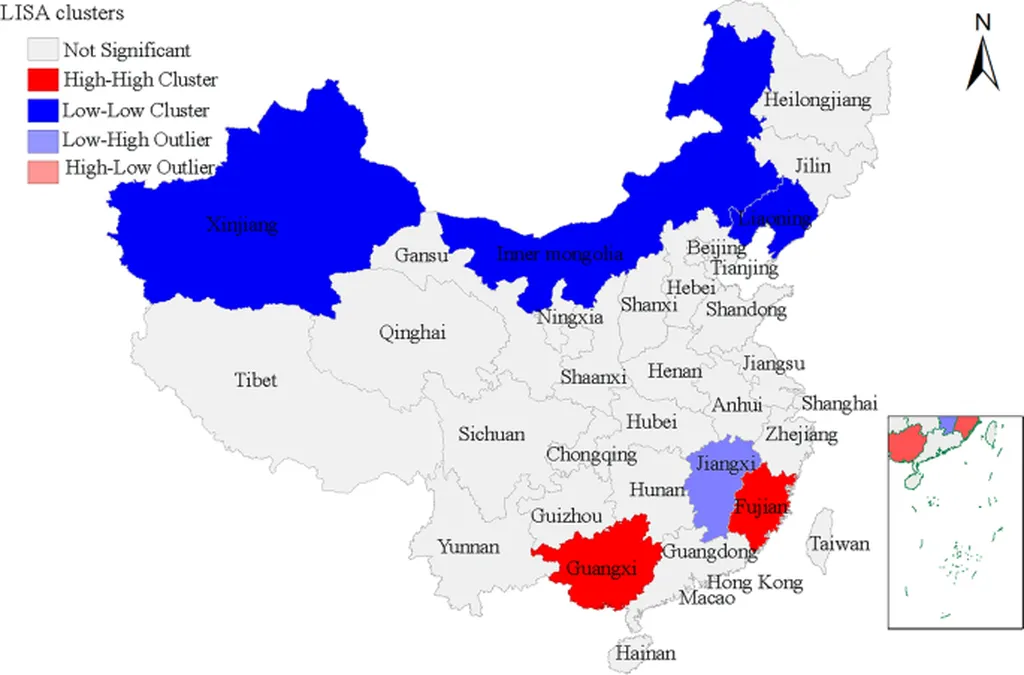In the heart of China, a silent battle is unfolding between human development and the natural world, with the health of millions hanging in the balance. A groundbreaking study, led by Ling Han from the National Key Laboratory of Intelligent Tracking and Forecasting for Infectious Diseases at the Chinese Center for Disease Control and Prevention, has shed new light on the complex relationship between land use changes and the spread of scrub typhus, a vector-borne infectious disease that’s been steadily on the rise.
The research, published in the journal *GeoHealth* (translated as “Earth Health”), reveals that the fragmentation of natural landscapes due to human activity is a critical factor in the incidence of scrub typhus. The team constructed a comprehensive landscape fragmentation index (LFI) to quantify the interaction between human activities and natural habitats, then used a sophisticated statistical model to estimate the impact of this fragmentation on scrub typhus incidence.
The findings are stark. “We found a nonlinear positive correlation between the LFI and scrub typhus incidence,” Han explains. “Each 0.1 increase in the LFI was associated with a relative risk of 1.20 for scrub typhus.” In simpler terms, as human activity increasingly disrupts natural habitats, the risk of scrub typhus goes up. However, the relationship is complex. At higher levels of fragmentation, the incidence of scrub typhus tends to decrease, a finding that underscores the intricate nature of ecosystem dynamics.
The study also revealed that different types of land use changes have varying impacts on scrub typhus risk. Forest fragmentation had the most significant impact, followed by cropland fragmentation. Interestingly, construction land fragmentation was negatively associated with scrub typhus incidence, suggesting that the type of land use change matters as much as the extent of fragmentation.
Looking ahead, the researchers projected changes in scrub typhus risk under four different shared socioeconomic pathways (SSPs). The results varied among the scenarios, but one thing was clear: the future areas of elevated scrub typhus risk were mainly concentrated at the interface between urban expansion and natural habitats.
So, what does this mean for the energy sector and other industries driving land use changes? The study underscores the need for careful planning and consideration of the ecological impacts of development projects. As Han puts it, “Our results indicate that human interference with the natural ecosystem is a critical factor for the incidence of scrub typhus.” By understanding and mitigating these impacts, industries can help protect both the environment and public health.
This research is a wake-up call, a reminder that our actions have consequences, and that the health of our ecosystems is intrinsically linked to our own well-being. As we continue to shape the landscape around us, we must do so with a deep understanding of the complex web of life we are part of. The future of scrub typhus, and indeed, the future of many other infectious diseases, depends on it.

